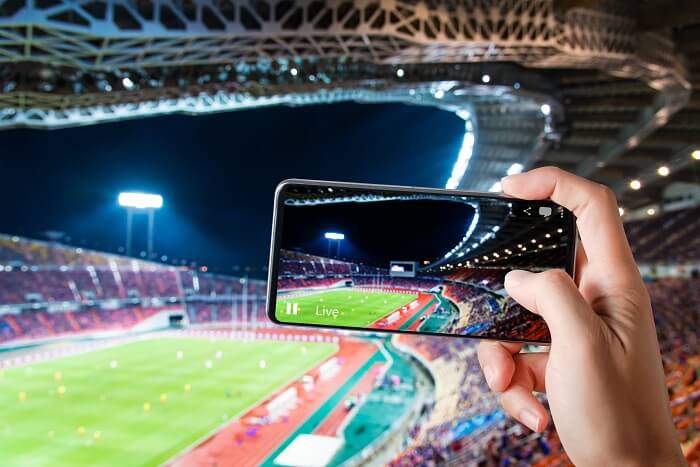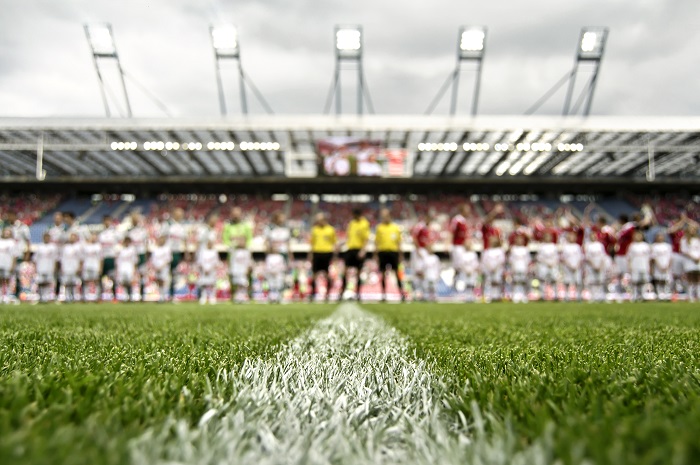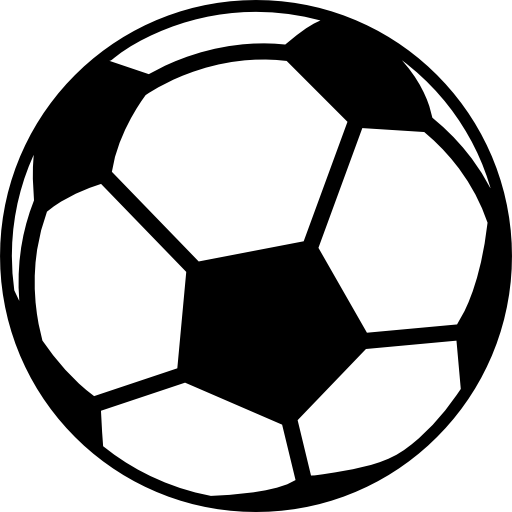Most sports fans know that the governing football body that oversees most organisations of tournaments is FIFA. What they don’t know is what they actually do and how they came to be.
Today, FIFA has 209 members, which is more than the United Nations. They are the organisation that is behind the World Cup. They manage everything that makes the game that we know and love happen.
But there is so much more behind them and today. I want to dive deep into the history of the organisation and talk about all the most important things that surround them.
The Beginnings
FIFA came to be on May 21, 1904. Due to an increased number of international games where national teams played against each other, a governing body was needed to regulate and organise such games. It was established by a French journalist, Robert Guerin, along with six other founding fathers of the organisation gathered in Paris in 1904 to establish it and start shaping the sport.
On the day of its ascension, only seven national associations made up the organisation. These were Denmark, Belgium, Netherlands, Spain, Sweden, Switzerland, and, of course, France. Ultimately, Guerin became FIFA’s first president on that day, and he stayed in office until 1906.
The acronym of the organisation is actually in French. Something that not a lot of people are aware of. It stands for Fédération Internationale de football association, translating to the “International Association Football Federation.”

The Duty
FIFA is football’s highest and ultimate administrative authority, and they basically run all the main facets of the game. This includes any rule changes, transfers of international players, establishing refereeing standards, sports medicine, coaching, and encouraging the development of soccer in various regions all around the world.
What they are most known for is the organisation of the World Cup, which takes place every four years. The World Cup is the highest honour for a football player. Lifting the World Cup trophy is what every child that starts playing football dreams of. It is the organisation’s duty to determine the host of the tournament and help them organise it. It was actually the idea that came during the inception of the organisation and what they strived for.
The Competitions
FIFA may organise the World Cup, but there are several other tournaments that they are behind. Not only that, but they also help organise competitions for different youth levels. As well as establishing several women’s tournaments as well.
Their International men’s competitions that they include:
- World Cup
- U-20 World Cup
- U-17 World Cup
- World Series
- Futsal World Cup
- Youth Olympic Futsal Tournament (U-20)
- Olympic Football Tournament (U-23)
- Beach Soccer World Cup
- Arab Cup
As far as the women’s competitions go, they are behind the following:
- Women’s World Cup
- Women’s Olympic Football Tournament
- Women’s Futsal World Cup
- U-20 Women’s World Cup
- U-17 Women’s World Cup
- Women’s Youth Olympic Futsal Tournament (U-20)
What many of you are unaware of is that besides national team tournaments, they also organise a few club competitions. These are tournaments played between continental champions in an attempt to determine the best club in the world.
For that reason, FIFA has also established such tournaments as the Club World Cup and the Youth Cup, played both at men’s and women’s levels.
The Disambiguation
Something that a lot of people get wrong when it comes to FIFA and how it ties to other organisations is that they are not a part of other individual continental club competitions. The governing body of Europe is UEFA. It is their duty to organise the Champions League and govern individual leagues.
The same thing goes for Asia, the Americas, Oceania, and Africa. Each individual organisation has the authority over their own continent and the competitions involved. You are not going to see them involved in the organisation of the Champions League or its equivalent on any continent.
The First World Cup
FIFA made history in 1930 by successfully organising the first World Cup tournament. The idea of organising such an event was floating around as early as the 1920s. But gained more traction after the 1924 Olympic football tournament held in Paris. The event was a success and saw many supporters gather to watch. Sparking an idea for a worldwide championship between the best footballing nations.
Uruguay was chosen to host the tournament since their national team managed to win two Olympic titles in a row. Uruguay was not only the best national team at the moment. But they were also celebrating the centenary of their first constitution, making them a ripe choice to host the tournament.
All games were played in Montevideo at the Estadio Centenario, which was built specifically for this tournament. The first World Cup also involved only 13 teams in total. There were seven teams from South America, four from Europe, and two from North America. The current economic crisis and the long journey prevented some of the major European nations from competing. Meaning that the tournament would mainly involve nations from the Americas.
Uruguay managed to showcase to the world that they were the best team in the competition. La Celeste lifted the first-ever World Cup trophy. They defeated bitter rivals Argentina in the final by 4:2 in front of around 68,000 people.
The Scandal
It is hard to tiptoe around this topic, but it is something that gave a nauseous feeling in every football fan’s stomach when allegations of corrupt FIFA officials emerged. Everything started in 2006 when a British reporter, Andrew Jennings, started poking into the matter and released his book titled “Foul! The Secret World of FIFA: Bribes, Vote-Rigging, and Ticket Scandals.”
The book gave details about a variety of scandals and corruption allegations aimed directly at high-ranking people from the organisation. Actually, this was only the beginning. Further investigation led to many people being accused of and, in some cases, condemned for corruption.
Later it was revealed that the corruption in FIFA stemmed much deeper. Happening much longer than anyone was willing to admit. It all culminated in 14 arrests made in 2015. It involved nine of the organisation’s high-ranking officials due to bribery and corruption.
The investigation also led to evidence showing that Qatar paid around $200 billion dollars in order for their World Cup bid to go through. Not only that, but there was evidence that showed that the same happened with Russia’s 2018 World Cup bid and South Africa’s 2010 World Cup organisation as well.
As a result, many officials were suspended by the ethics committee. While some of them were arrested, the current president, Sepp Blatter and Michel Platini, were suspended until further notice, pending investigation.
The Future
The name of the article may say “brief.” But it is quite hard to sum up the history of an organisation that has existed for more than 100 years in a few paragraphs. It is true that they completely tarnished their name after the scandal and by allowing the World Cup in Qatar to go through. But the establishment of Gianni Infantino should bring stability to the organisation as well as paint a bright picture for the future.
We still cannot be certain that the organisation has been cleansed from corruption completely. The root of the problem went so deep and lasted for so long. What we can hope is that they find a course and stick to it and continue to bring the game that we know and love so much to the fans.
The next big step is the 2026 World Cup set in Mexico, Canada, and the USA. It was announced that this would be the biggest tournament yet. It will comprise 48 teams, up from 32 in the last tournament.












